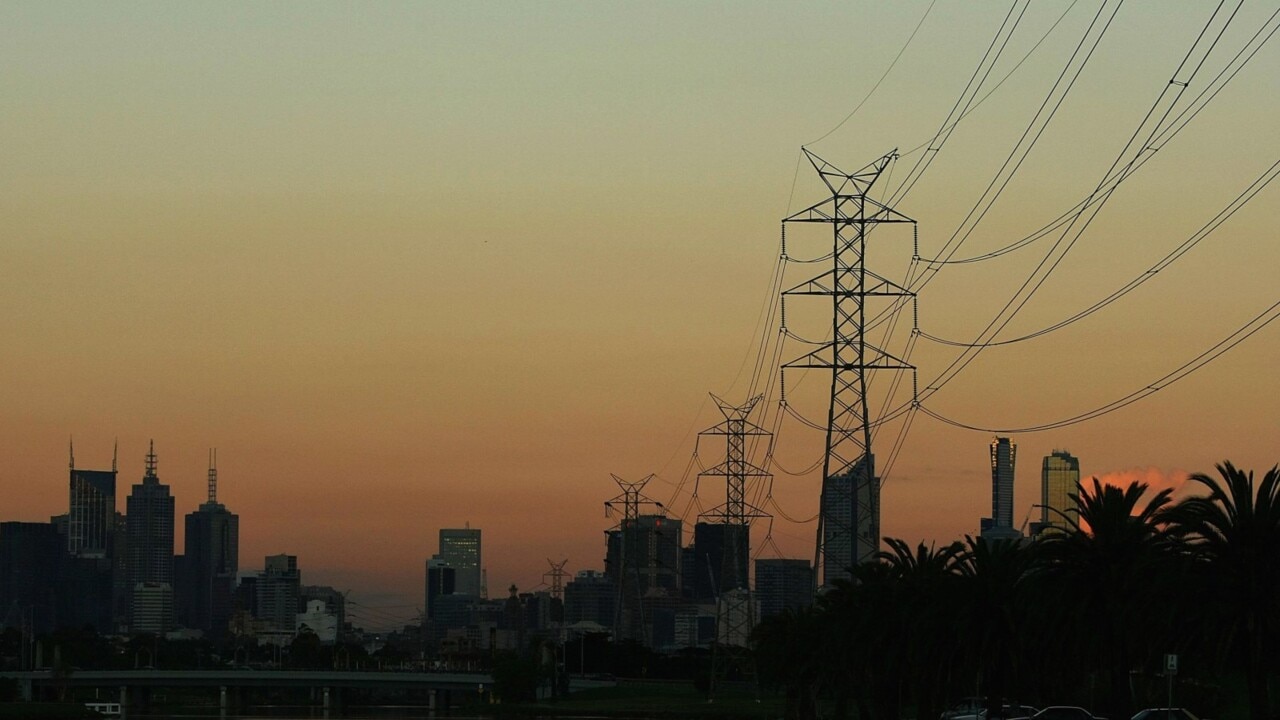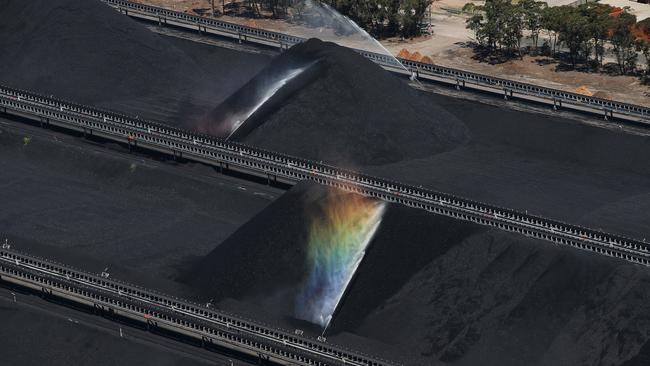Glencore pulls plug on $2bn Valeria coal project in Queensland
The mining giant cites increased global uncertainty and a commitment to cut production, but criticised the state’s new royalty regime as a ‘red flag’.

Glencore has pulled the plug on a $2bn coalmine in Queensland, backing away from the major thermal coal development in the face of the state’s royalty increases and the federal government’s industrial relations changes.
The mining giant, Australia’s biggest coal producer, is understood to have written to both the Queensland and federal environment departments over the last week to withdraw applications for approval of the Valeria project.
A spokesman for Glencore confirmed the company had cancelled its plans to build the 16 million-tonne-a-year coalmine, which was tipped to create more than 1200 permanent jobs when it began production in 2024.
He said the project’s future status was now “under review”.
“This decision has been made in the current context of increased global uncertainty and is consistent with Glencore’s commitment to a responsibly managed decline of our global coal business,” the company said in a statement.
Global factors – such as the need to reduce carbon emissions, rising geopolitical tensions, and long-term uncertainty over future demand for coal – were a factor in the decision, but the spokesman confirmed domestic political uncertainty made it less attractive.
“Abrupt decisions like the Queensland super royalty hike have damaged investor confidence, increased uncertainty and raised a red flag with key trading partners,” he said.
“Genuine and timely consultation with companies on the detail of policy reforms is crucial to avoid continued uncertainty.”

Queensland’s royalty increases have been fiercely opposed by the state’s coal producers. But the federal government’s proposed changes to industrial relations laws, which will allow multi-employer bargaining, have also been criticised by the resources sector.
Valeria is also one of 18 gas and coal projects that will receive additional scrutiny from federal environmental authorities and Environment Minister Tanya Plibersek, after environment activists launched legal action in July aimed at ensuring their impact on climate change would be considered before any approval was granted.
Glencore’s decision is the latest sign of unrest over the extraordinary royalty increases introduced in the state’s July budget that are now expected to deliver $3bn to the state’s coffers in the current financial year, up from initial estimates of $765m.
Queensland Treasurer Cameron Dick unveiled the figures on Wednesday during a mid-year budget update, and was unrepentant about the decision to introduce the surprise royalty rise. “This shows that coal royalties are worth fighting for, delivering a fair share for Queenslanders,” he said of the new royalties projections.
In response to questions from The Australian on Glencore’s Valeria decision, Mr Dick noted that the company’s public statement attributed the decision to “increased global uncertainty”. “Queensland Treasury’s report on long-term global coal demand released last month makes clear that while demand for Queensland thermal coal is set to resume its decline, demand for Queensland metallurgical coal will remain strong over coming decades,” Mr Dick said.
“Investment decisions around mining projects are ultimately a matter for proponents.”
BHP has also threatened to end future investment in the growth at its Queensland coal operations in response to the new royalty regime, and has also been a strident critic of federal Labor’s industrial relations reforms.
But Glencore’s move to scrap the development of Valeria is the first major project cancellation in the wake of either, and comes after the company confirmed on Tuesday night it expected to wind down production at other Australian thermal coalmines over the next four years, including Liddell, Newlands and Integra in NSW.

Speaking on an investor presentation in London on Tuesday night (Australian time), Glencore CEO Gary Nagle confirmed the company’s plans to “responsibly” run down its coal operations, and close at least 12 coalmines by 2035 in an effort to halve its total carbon emissions – including those attributable to customers for its products – by that date.
But Mr Nagle also revealed that Glencore’s decision to withdraw from Valeria was not the end of its wider investments in Queensland, with the company having begun work on proving up a plan to produce blue hydrogen from methane at another Queensland coal project, Wandoan.
Glencore is already considering the development of a carbon capture project near the project.
Mr Nagle said the company was now considering whether it could use coal-seam gas from the project to produce hydrogen and ammonia.
Mr Nagle said Glencore was still on the hunt for more copper and other critical minerals, with the company saying it had up to $16bn available for merger and acquisition opportunities.
“We will certainly focus on the future-facing minerals and metals. It will be in copper. It will be in nickel, it will be in zinc, it will be in cobalt and probably in aluminium. Those are the key minerals and metals for the decarbonisation drive of the world,” Mr Nagle said.
“These will be ones that are strategic for Glencore, where Glencore has some sort of strategic advantage, whether it be because we have existing shareholding, or existing partnerships with the current owners, whether we have existing infrastructure nearby or associated with them.”
Glencore acquired the Valeria coal project when it bought Rio Tinto’s Haile Creek coalmine for $US1.7bn in 2018.




To join the conversation, please log in. Don't have an account? Register
Join the conversation, you are commenting as Logout